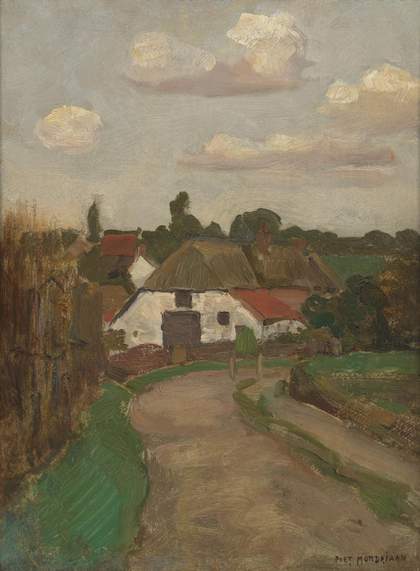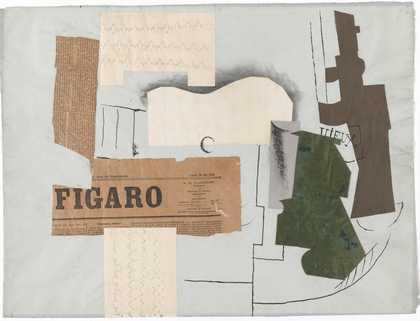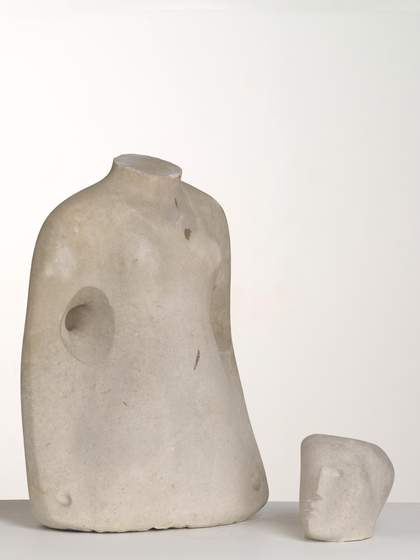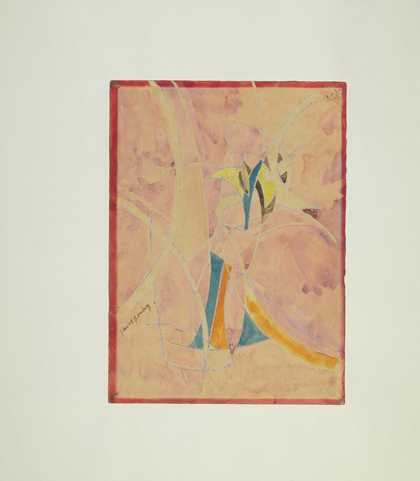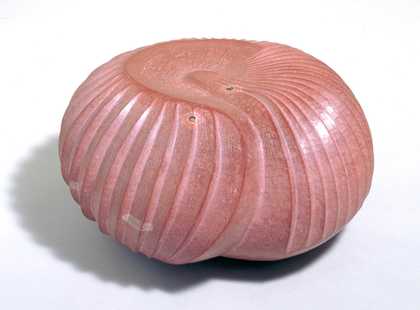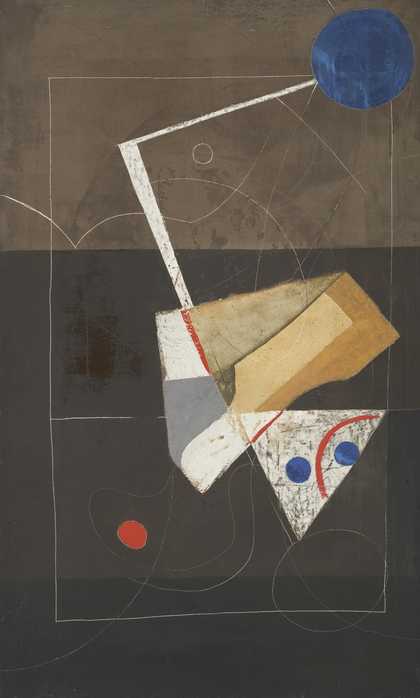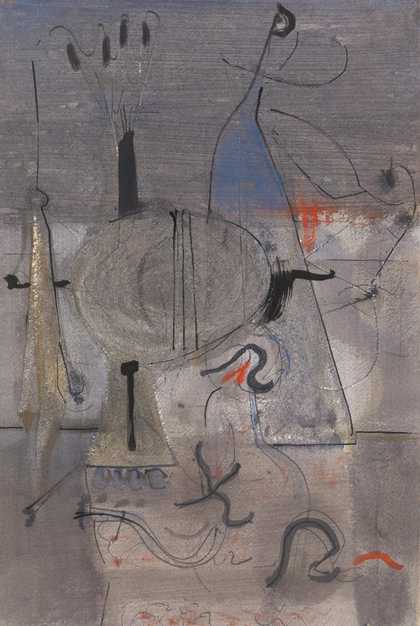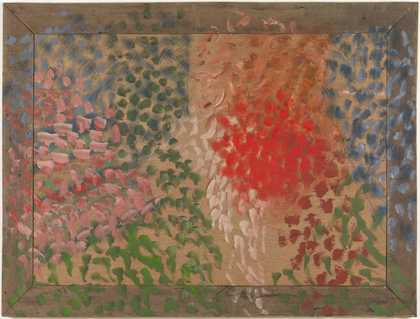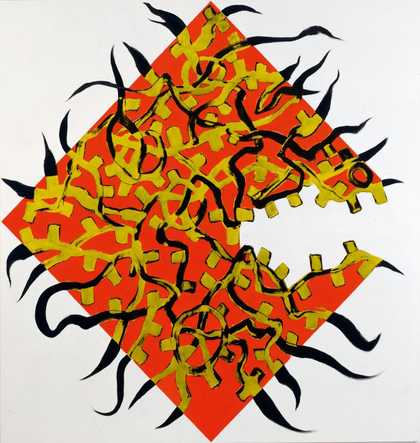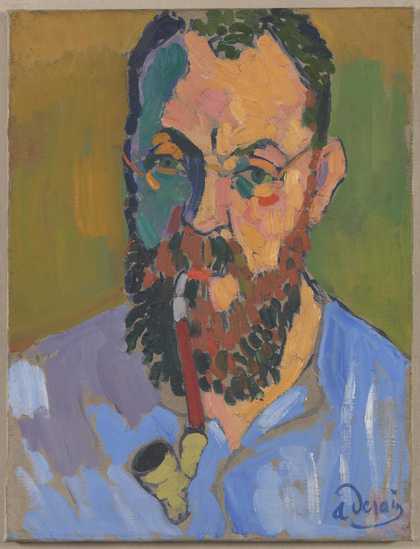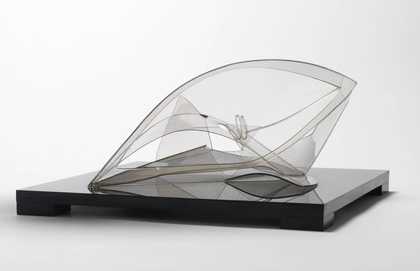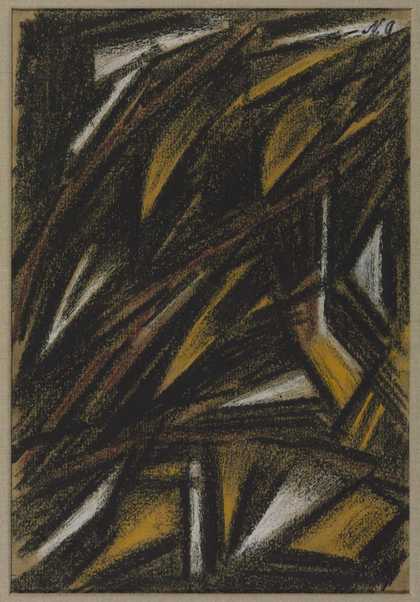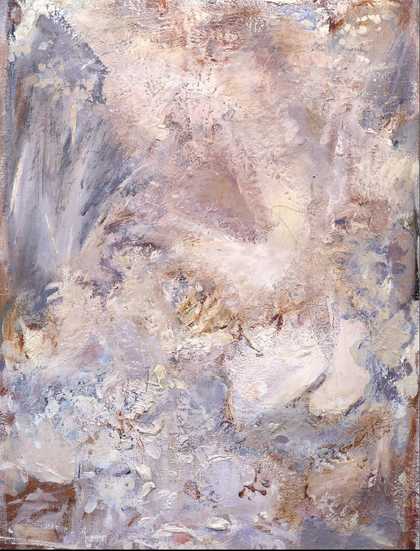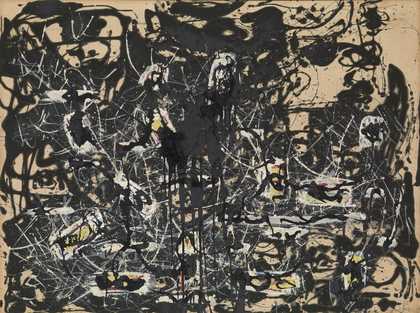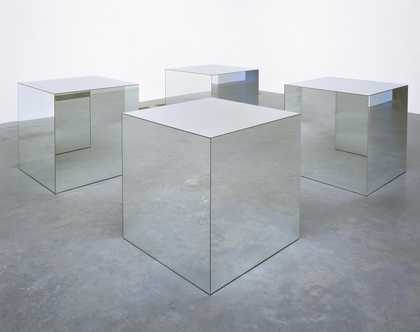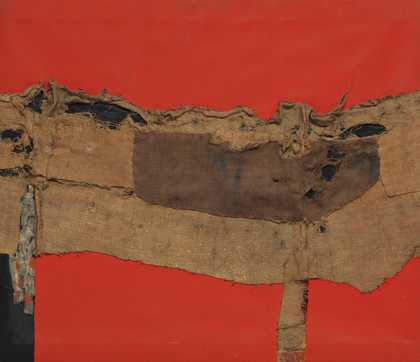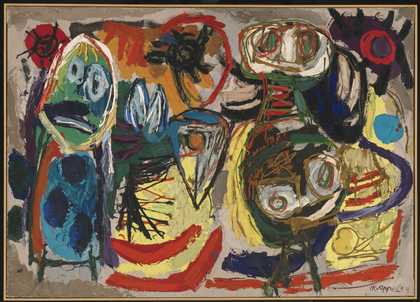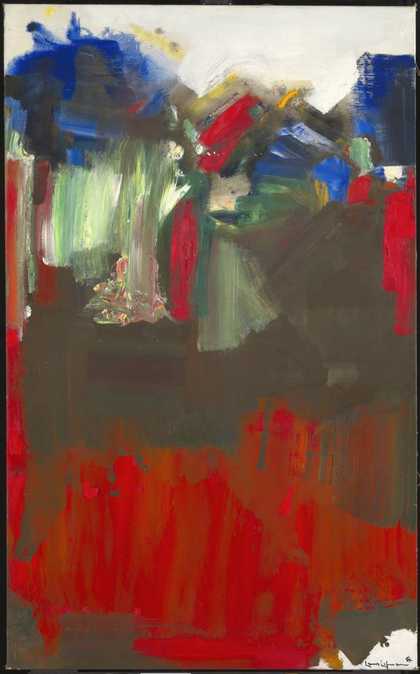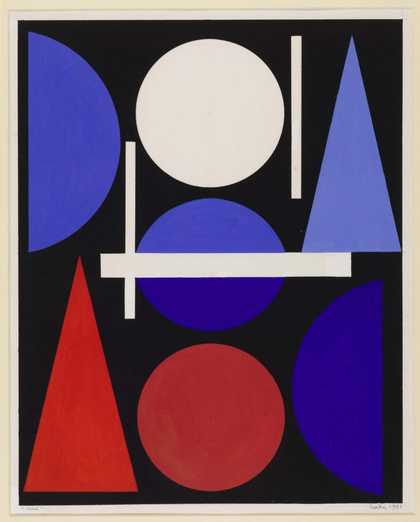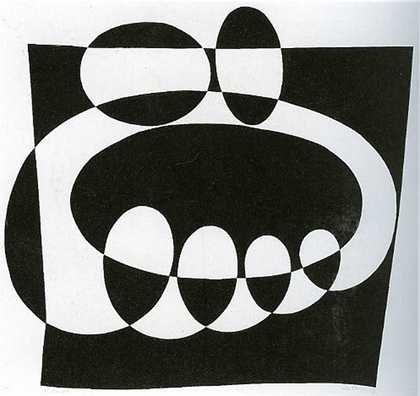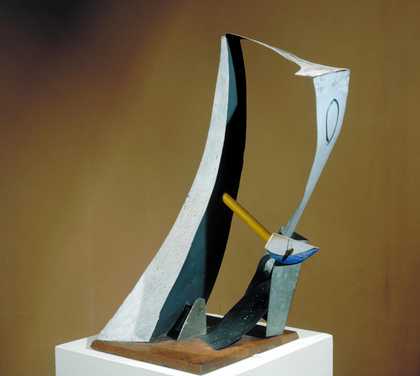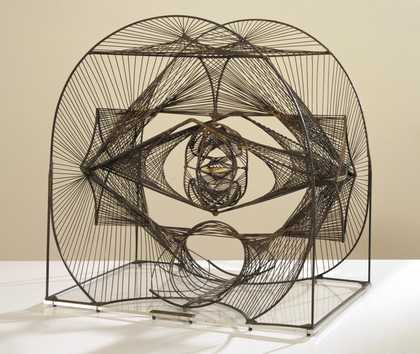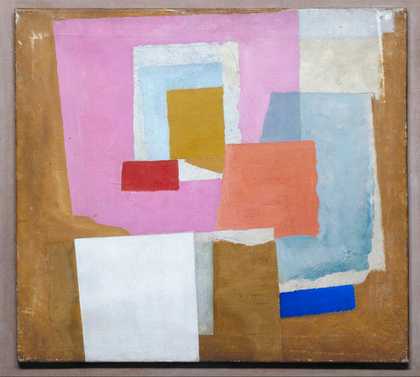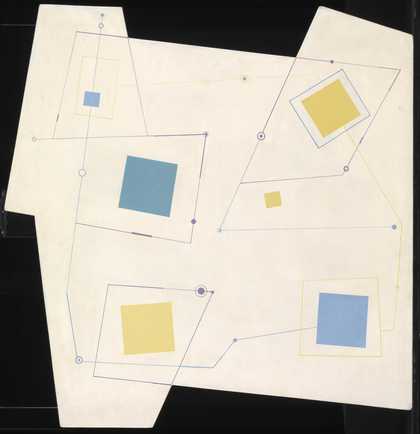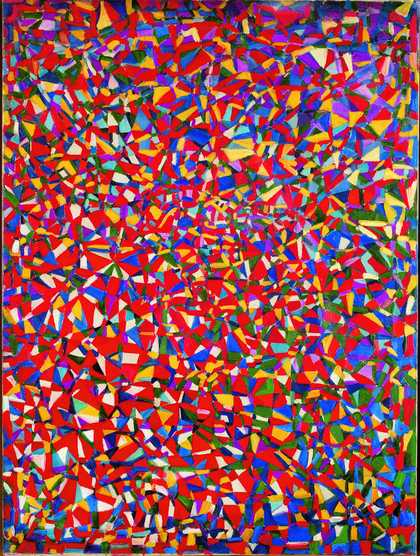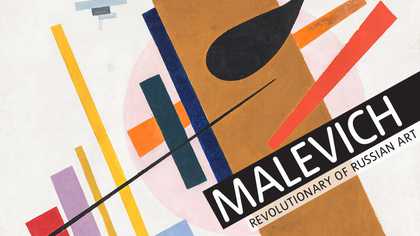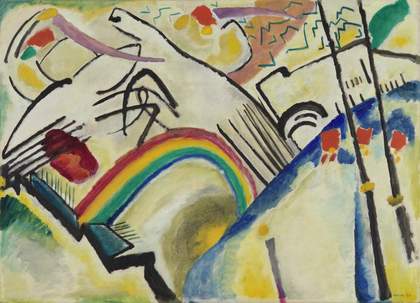
Wassily Kandinsky
Cossacks (1910–1)
Tate
Strictly speaking, the word abstract means to separate or withdraw something from something else.
The term can be applied to art that is based on an object, figure or landscape, where forms have been simplified or schematised.
It is also applied to art that uses forms, such as geometric shapes or gestural marks, which have no source at all in an external visual reality. Some artists of this ‘pure’ abstraction have preferred terms such as concrete art or non-objective art, but in practice the word abstract is used across the board and the distinction between the two is not always obvious.
Abstract art is often seen as carrying a moral dimension, in that it can be seen to stand for virtues such as order, purity, simplicity and spirituality.
Since the early 1900s, abstract art has formed a central stream of modern art.
Abstraction across a century

Wassily Kandinsky
Cossacks (1910–1)
Tate
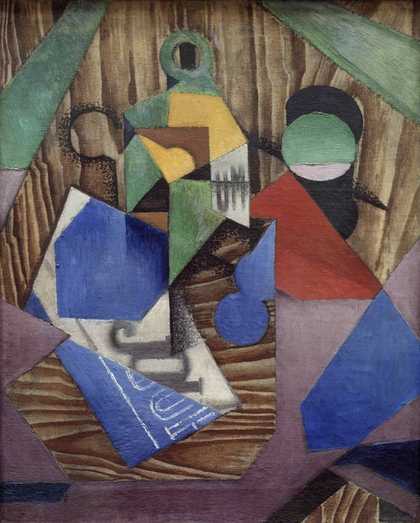
Juan Gris
Bottle of Rum and Newspaper (1913–14)
Tate
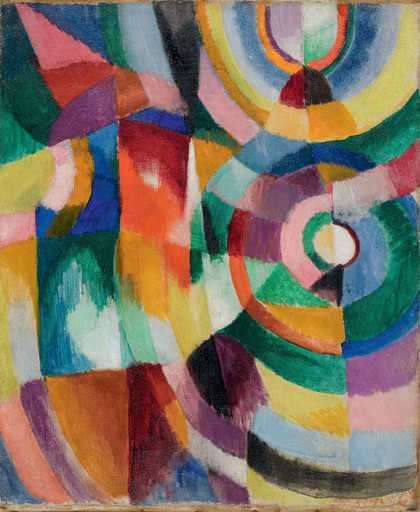
Sonia Delaunay
Electric Prisms 1913
Orphism (1912–13): Coined by the French poet and art critic Guillaume Apollinaire. The name comes from the musician Orpheus in ancient Greek myths, as Apollinaire thought that painting should be like music. Main artists Robert Delaunay and Sonia Delaunay also used the term simultanism to describe their work of this period.
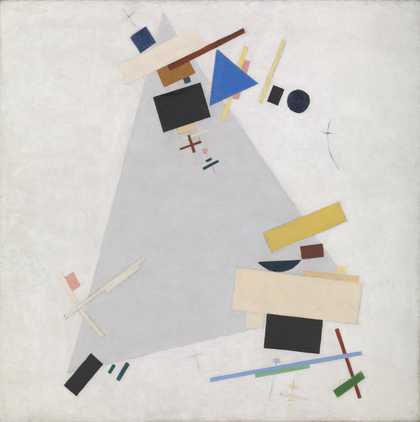
Kazimir Malevich
Dynamic Suprematism (1915 or 1916)
Tate
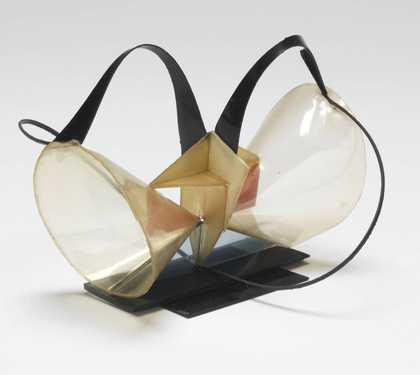
Naum Gabo
Model for ‘Construction in Space ‘Two Cones’’ (1927)
Tate
The Work of Naum Gabo © Nina & Graham Williams / Tate, London 2023
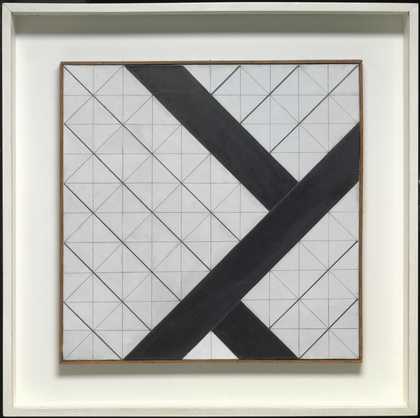
Theo van Doesburg
Counter-Composition VI (1925)
Tate
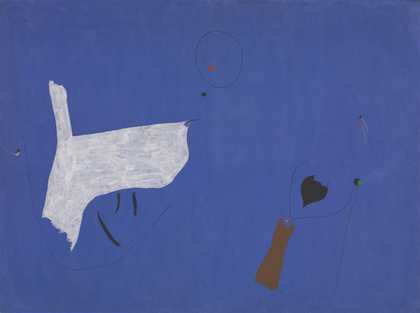
Joan Miró
Painting (1927)
Tate
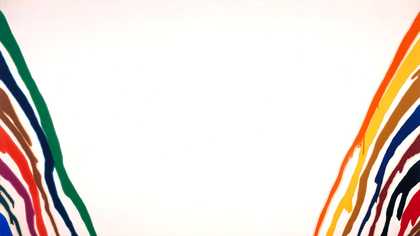
Morris Louis
Alpha-Phi (1961)
Tate
Cubist and fauvist artists depended on the visual world for their subject matter but opened the door for more extreme approaches to abstraction. Pioneers of ‘pure’ abstract painting were Kazimir Malevich and Piet Mondrian from about 1910–20. A pioneer of abstract sculpture, which took reference from the modern world was the Russian constructivist Naum Gabo.

